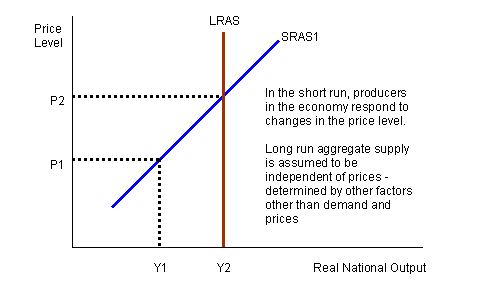- Measure of money inflows and outflows between U.S and the rest of the worlth (ROW)
- Inflow: credits
- Outflow: debits
- The balance of payment is divided into 3 account
- Current account
- Capital/Financial account
- Official reserves
Double Entry Bookkeeping
- Every transaction in the balance of payments is recorded twice in accordance with standard accounting practice.
Current Account
- Balance of trade and Net exports
- Export of goods/services - Imports of goods/services
- Export create credit
- Import create debit
Income earned by U.S owned foreign asset - income paid to foreign held U.S asset
Net Transfers
Foreign aid -> debit to current account
Capital/Financial Account
- The balance of capital ownership
- Includes the purchases of both real and financial assets
- Direct investment in the U.S is a credit to capital account
- Direct investment by U.S firms/individuals in a foreign country are debit to capital account
- Purchase of foreign financial assets represents a debit to the capital account
Relationship between Capital and Current Account
- The current account and Capital account should zero each other out
- If the current account has a negative balance (deficit), then the capital account should then ahve a positive balance (surplus)
Official Reserves
- the foreign currency holdings of the U.S Federal Reserve system
- When there is a balance of payments surplus the Fed accumulates foreign currency and debits the balance of payments
- When there is a balance payment deficit, the Fed depletes its reserves.
Active vs. Passive Official Reserve
- The U.S is passive in its use of official reserves. It doesn't seek to manipulate the dollar exchange rate
- The people's Republic of China is active in its use of official reserve. It actively buys and sell dollars in order to maintain a steady exchange rate with the U.S




